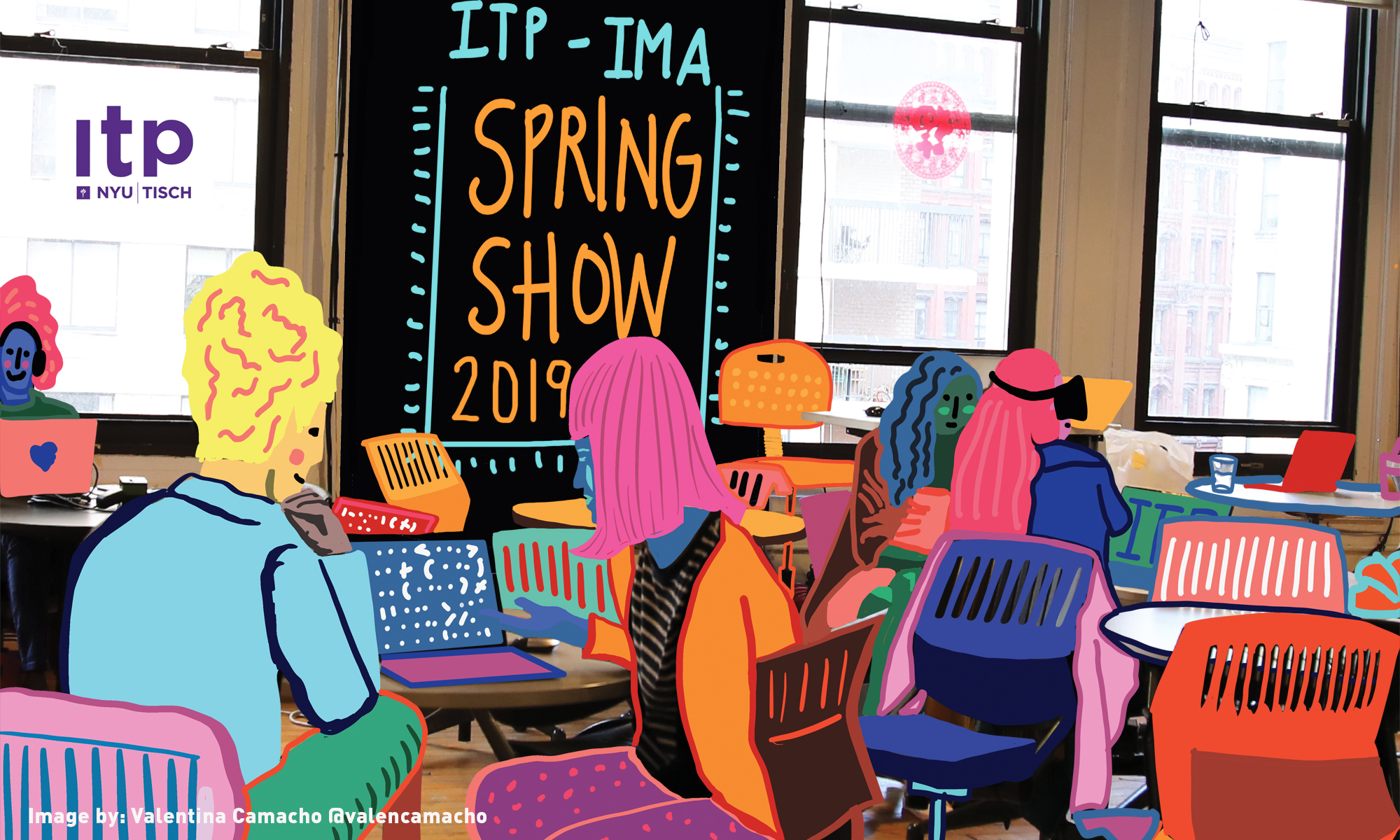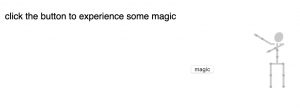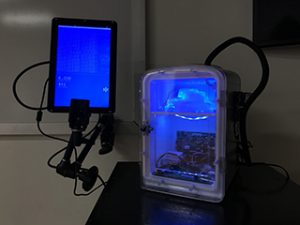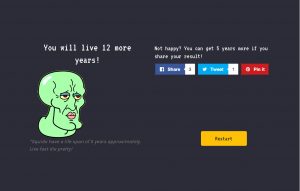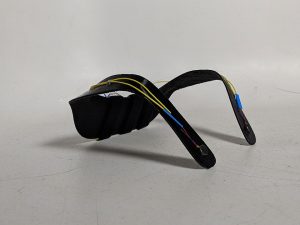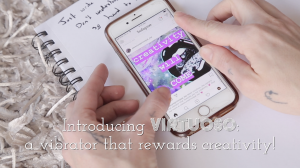Mingna Li
The Compliment Project is a web app that allows ITP students to compliment each other as a community, in order to relieve stress and give moral support in making creative projects.
https://www.mingnaliblog.com/quantified-humanists/2019/4/1/final-project-proposal
Description
The Compliment Project derives from the compliment service I offered at ITP last semester. My past service was that clients can reserve a period of time (from 1 day to 1 year), and I would compliment them in different way every day. The service last for a month because when I reach to more than 10 clients, I got too busy.
This semester, I decided to change my strategy and let people compliment each other, so I designed this web app for ITP community. ITP students often encounter frustration and stress when working towards their creative endeavor. I hope through receiving and giving compliments, this app can give more encouragement and moral support to people in the ITP community.
This app uses express and SQL database, and it is deployed on Heroku. The database saves all compliments people entered. This app is intended to be installed at somewhere that many people pass by and can quickly interact with, for example, near the elevator or at hallway.
Classes
Dynamic Web Development, Quantified Humanists: Designing Personal Data
